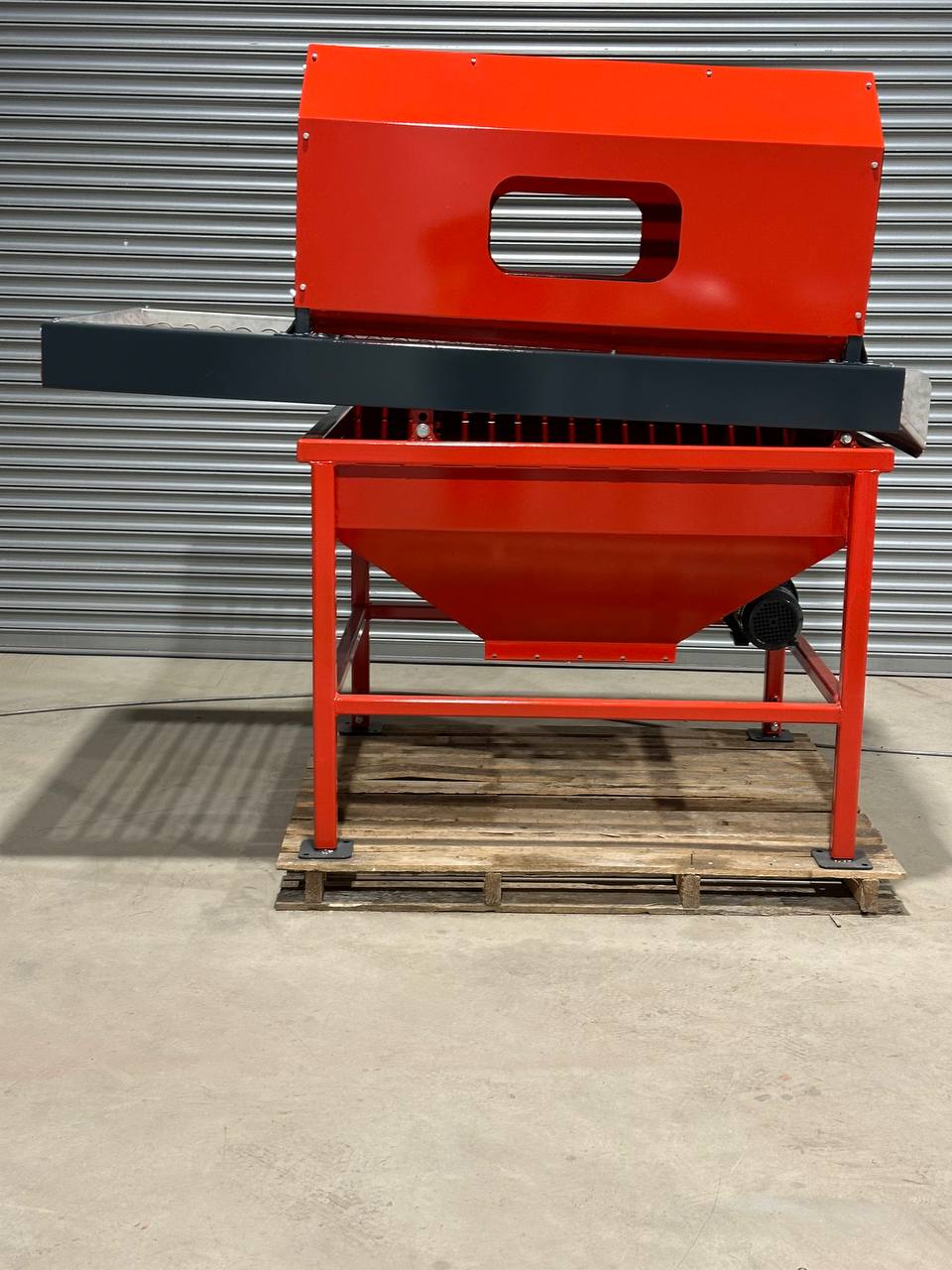Choosing the best pre-plant potato treatments: best practices
Pre-planting treatment of potatoes is an important step in growing this popular crop. It helps to prevent the development of diseases and pests and stimulates the germination and development of seed material. Today, there is a wide range of treatments available on the market, and it is important to know which ones are the most effective and safe to use. Modern cultivation technology involves complex treatment with several products to achieve all goals simultaneously. In this article, we will look at some of the best pre-planting treatments for potatoes and provide recommendations on how to use them.
Fungicide-based treatments:
Fungicides are effective in controlling fungal diseases of potatoes, primarily Rhizoctonia, and have a preventive effect against scab, pythium and other diseases. There are several fungicides on the market that have proven effectiveness against rhizoctonia:
1) Fluxapiroxad (BASF's Sarkadis)
2) Penflufen (Emesto Quantum from BAYER)
3) Sedoxan (Weibrans series of fungicides from Syngenta)
Fludioxanil and metalaxyl have proven to be effective in controlling other diseases. To achieve the best effect, you can use products that combine several active ingredients.
Insecticide-based treatments:
Pests such as the Colorado potato beetle and wireworm larvae can cause significant damage to a potato field. Insecticides must be used to control them. There are several active ingredients on the market that fulfil this function:
1) Thiamethoxam (our clear favourite);
2) Imidocloprid;
3) Clothianidin.
You can choose any active ingredient, but our advice is to use the maximum dose recommended by the manufacturer! This will prolong the effect of the disinfectant for the longest time.
Biological disinfectants and growth stimulants:
The use of biological pesticides, which are based on living organisms such as bacteria or fungi that compete with pests, is growing in popularity. Such products can be effective and environmentally friendly. Our farm has been using RiseP, a bacterial preparation that makes phosphorus more available, for 3 years now.
Another popular trend today is the use of biostimulants, which are made on the basis of materials of biological origin. Our farm recommends two products of comparable effectiveness - Amalgerol and Humifield Brix. These products stimulate the development of the root system at the hormonal level and increase the number of tubers on each bush.
Application of seed dressing: recommendations and benefits


etching equipment (etching table).
Before applying any seed dressing, read the instructions for dosage and safe use, and make sure that the product is intended for potatoes.
It is recommended to treat potatoes immediately before planting or during planting. The longer the product stays on the tuber, the less effect it has on pathogens.
Safety factors for people, animals and the environment should be considered.
Using a combined approach, including rotation of treatments, can reduce the risk of developing resistance in pests and diseases.
Choosing the right pre-plant treatment for potatoes is an important task for achieving high yields. The use of fungicides, insecticides and biological products can be effective in preventing diseases and pests. Knowing about the different types of treatments and their benefits will help you make the right choice for optimal health and yield of your potatoes.



